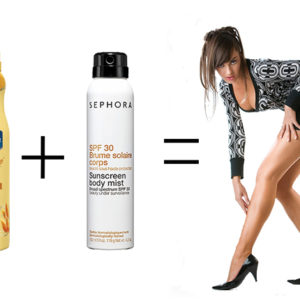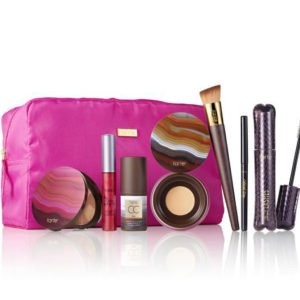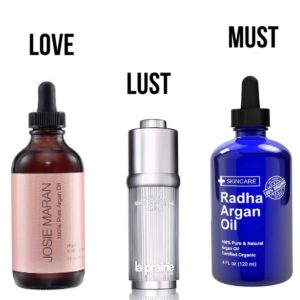
Are sunscreens safe? We are one step closer to finding out. A new study by the FDA shows that six active ingredients commonly found in chemical sunscreens are absorbed into the bloodstream after just one use and that concentrations continue to increase over time with continued use. The study, published last week in the Journal of the American Medical Association, confirmed that avobenzone, oxybenzone, octocrylene, homosalate, octisalate, octinoxate are all absorbed into the bloodstream. Because of this, more testing is needed to decide if products using these chemicals can be considered GRASE, or generally recognized as safe and effective. The only sunscreen products currently considered GRASE by the FDA are zinc oxide and titanium dioxide, both mineral sunscreens.
Chemical sunscreens are typically blendable and translucent. They work by chemical reaction. In a nutshell, they work like UV filters, absorbing UV light before your skin does. Avobenzone and oxybenzone are beauty industry favorites. Mineral sunscreens, zinc oxide and titanium dioxide, create a physical barrier that actually deflects UV light. Some believe this gives them superior sun protection. As an added bonus, zinc is anti-inflammatory, calming, and has anti-microbial and anti-bacterial benefits as well. The downside is that it often creates a chalky-white cast to the skin, which can be particularly unsightly on black and brown skin. Still, with places like Hawaii issuing its reef-safe laws effectively banning oxybenzone and octinoxate and Mexico placing restrictions on the types of sunscreen that can be worn in protected areas, consumers are taking notice. Mineral sunscreens are on the rise.
The FDA wants to make sure that people continue to use sunscreen, noting that it can prevent skin cancer and protect from sunburn and UV damage. Basically, they aren’t sure if chemical sunscreens will kill you, but they’re sure skin cancer can. Either way, with increasing concerns over its physical and environmental hazards, it might be time to ditch the chemical sunscreens and start the search for a mineral version. Below you will find a few options to get your started. Bonus: All are melanin friendly.


